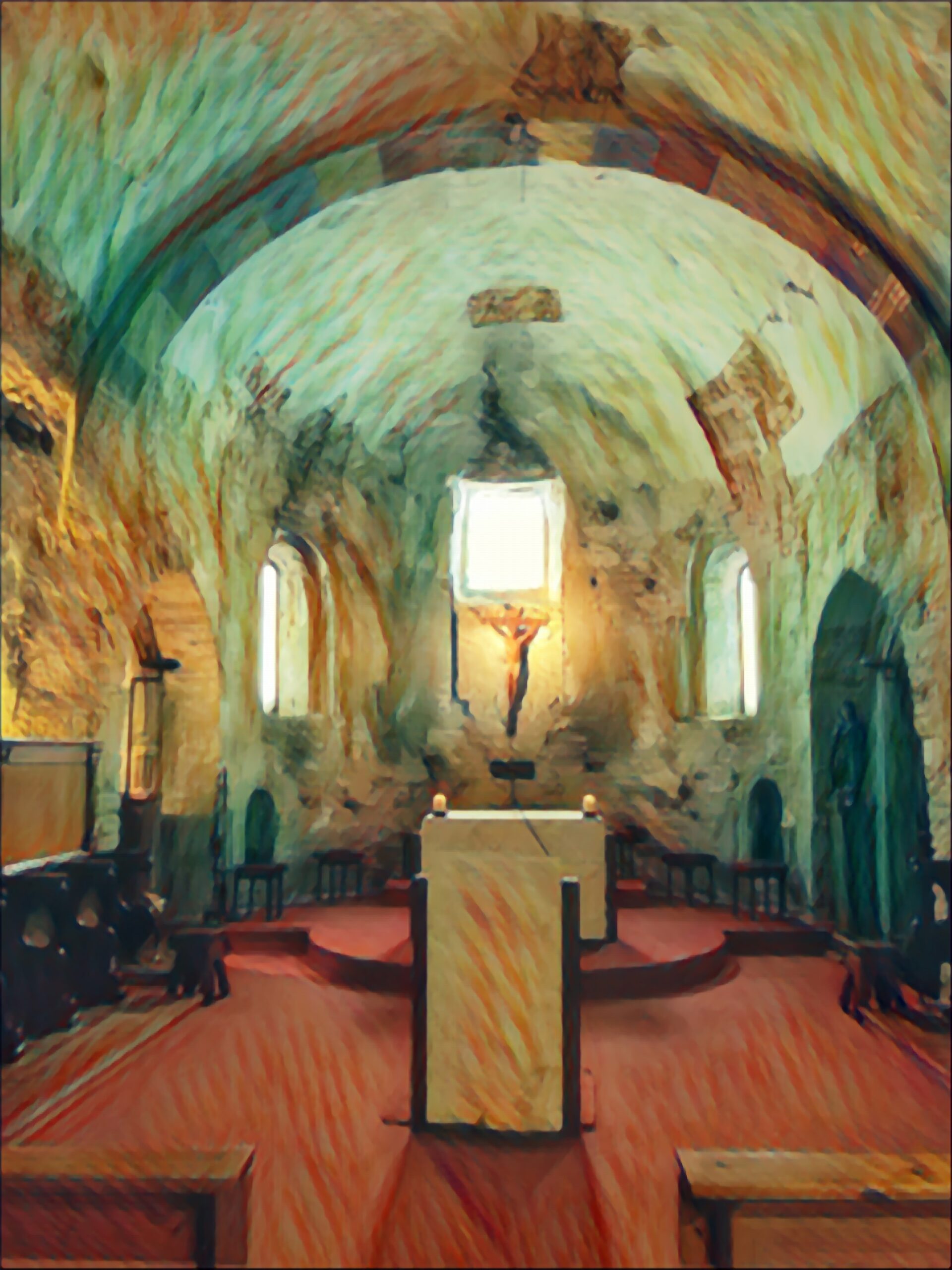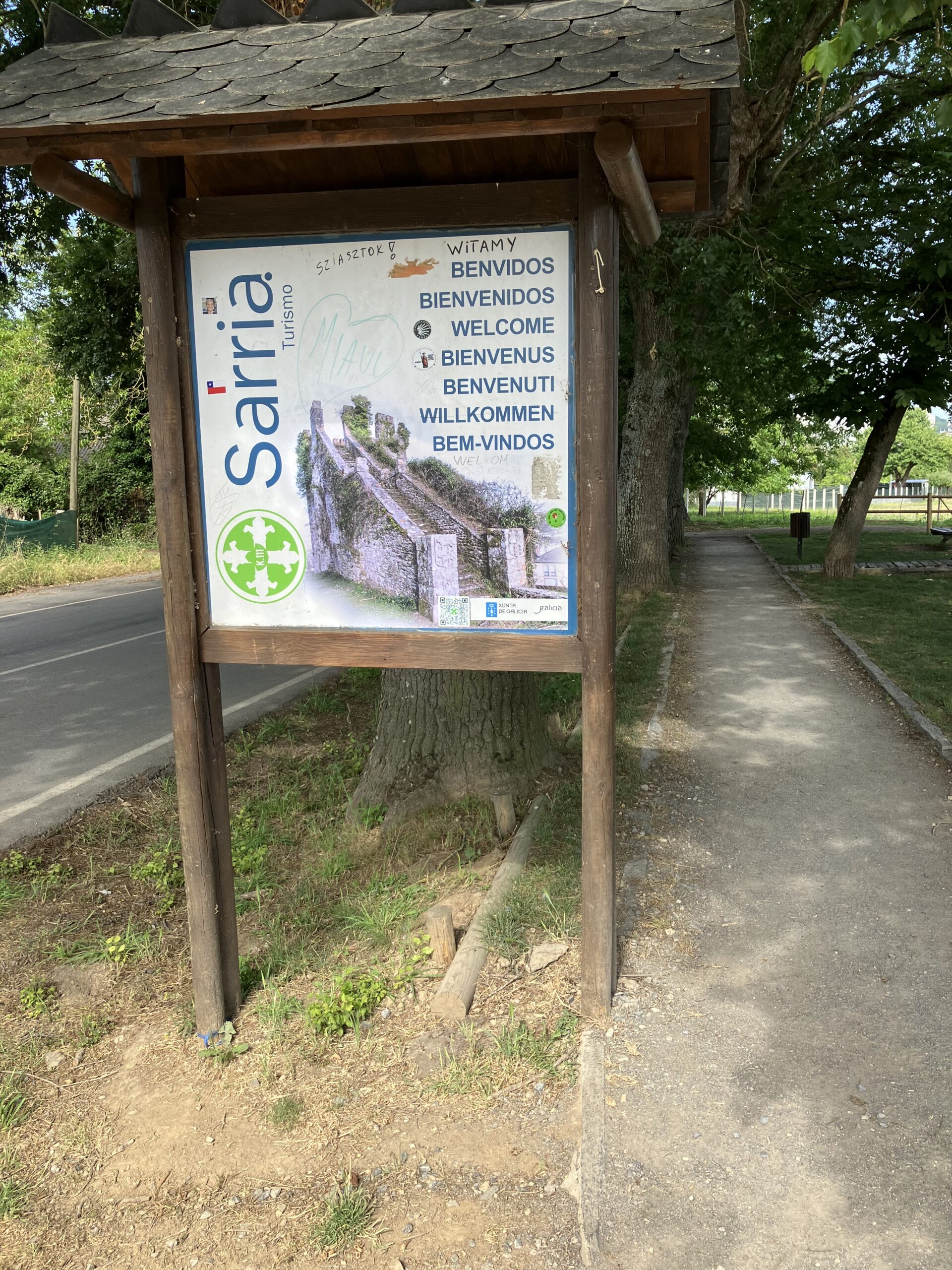Category: Practicalities
-

Essential Spanish Phrases for the Camino de Santiago
Embarking on the Camino de Santiago, one of the most famous pilgrimages in the world is an incredible journey through beautiful landscapes, historic towns, and rich cultural heritage. Knowing some basic Spanish phrases can help make your experience more enjoyable and immersive. Learning some phrases will prove invaluable, whether you’re asking for directions, booking accommodations,…
-

Getting a Global Health Insurance Card (GHIC)
Embarking on the Camino de Santiago involves considerable physical exertion and exposure to varying weather conditions. Things can and do go wrong, hopefully not for you, your friends, or your family, but nevertheless, a bit of prior planning never goes amiss and a Global Health Insurance Card (GHIC) might come in handy and save a…
-

Stages of the Camino Francés
Stages of the Camino Francés This is just an overview – and a way to see the entire route including maps and elevations in one place – to read our detailed guide to the Camino Francés, the French Way, see the link above (or click here)!⬆️
-

English to Spanish Order of Mass
While walking the Camino Francés, we realised that, as English speakers, it wasn’t always easy to follow the Roman Catholic Mass when it was said in Spanish. The Spanish Order of Mass does not directly translate the English equivalent. We hope this document might help, and you are free to download it if you wish!
-

Understanding Communion: The Heart of Roman Catholic Worship
By Santiago Explorer For many, “Communion” may conjure images of solemn church services or ornate rituals. In the Catholic Church, Communion—also known as the Eucharist—is far more than a symbolic act; it is a central component of the faith. What is Communion? Communion in the Catholic Church involves the consecration and consumption of bread and…
-

The Camino de Santiago: A Blessing or a Curse?
Santiago de Compostela, the capital of Spain’s Galicia region, has been a destination for over a thousand years for pilgrims from all corners of the world. Its historical significance as the reputed burial place of Saint James the Apostle and its status as the terminus of the Camino de Santiago has cemented its place on…
-

Tips for Staying Fit and Healthy on the Camino de Santiago
Staying fit and healthy on the Camino de Santiago requires physical preparation, nutritional strategies, and practical measures (along with some good luck) to manage the journey’s demands. Here are some key tips: Physical Preparation Blisters on the Camino de Santiago: Prevention, Management, and Impact I will spare you the photos, but one of the most…
-

Getting to Sarria
One of the most asked questions on Camino Francés Facebook groups! Sarria is known for being the most popular starting point for pilgrims walking the Camino de Santiago, particularly the Camino Francés route. Sarria is about 111 kilometres from Santiago de Compostela, the final destination of the Camino de Santiago pilgrimage. But what are the…
-

History of Samos Monastery
(MONASTERIO DE SAN JULIÁN DE SAMOS) Samos Monastery is an active Benedictine monastery in Samos, Galicia, Spain. It was established in the sixth century. This monastery served as a centre for learning, housing a School of Theology and Philosophy. Moreover, it is a crucial stop along the Way of Saint James pilgrimage route, leading pilgrims to…
-

What is A Pilgrim’s Passport and Where Can You Obtain One?
The Pilgrim’s Passport or Credencial The Pilgrim’s Passport, also known as an accreditation or Pilgrim’s Credential, is historically significant as a document bestowed upon pilgrims walking the Camino de Santiago during the Middle Ages to ensure their safe passage. Today, the credencial identifies the pilgrim and grants access to pilgrim shelters, albergues, and hostels along…